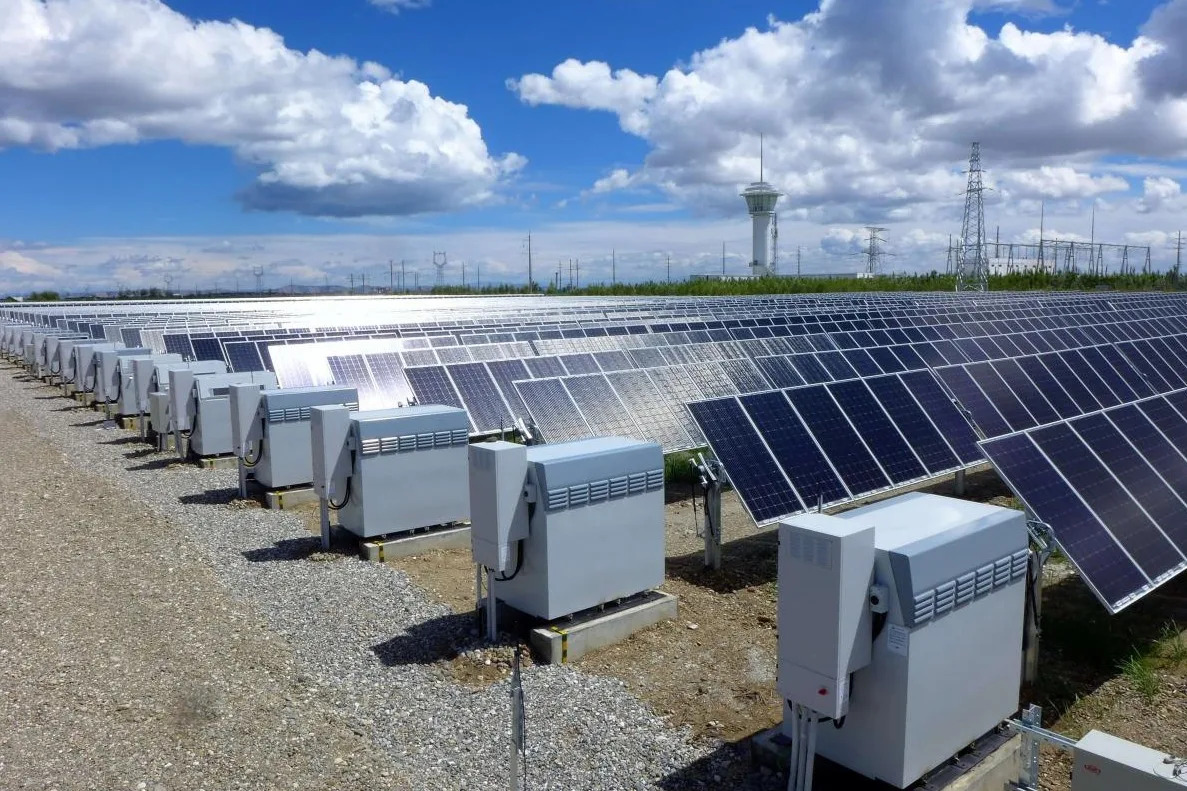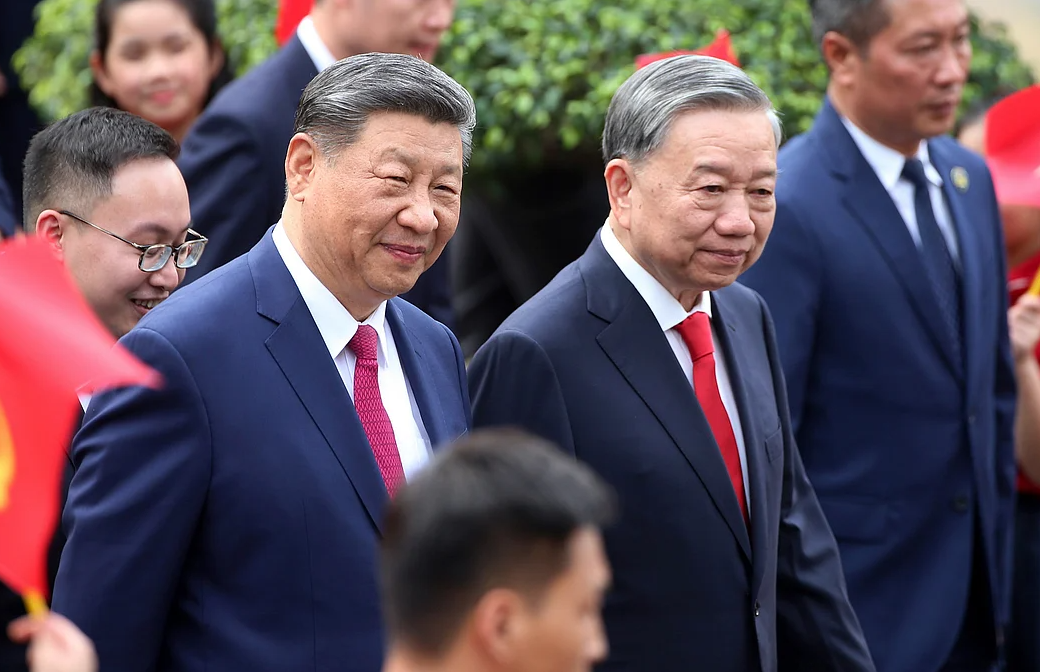
Kevin Zongzhe Li, Affiliated Researcher, Asia Society Policy Institute’s Center for China Analysis
Brian Wong, Assistant Professor in Philosophy and Fellow at Centre on Contemporary China and the World, HKU and Rhodes Scholar
Oct 17, 2025
Southeast Asia faces a critical challenge in balancing rapid economic growth with climate commitments, as most of its energy demand remains dependent on fossil fuels despite vast renewable potential. China plays a pivotal dual role in this transition, financing both coal and clean energy projects, and its future choices will determine whether ASEAN’s development and decarbonization goals can align.

Lili Yan Ing, Secretary General of the International Economic Association, Lead Adviser at Economic Research Institute for ASEAN and East Asia
Jul 28, 2025
Be careful what you wish for, lest it come true. That ancient proverb comes to mind when considering the eagerness of America’s trade partners around the world to negotiate deals with US President Donald Trump’s administration. Four countries already have, with Indonesia the latest to do so – and possibly the first to regret it.

Eka Khorbaladze, Research Coordinator, Centre on Contemporary China and the World
May 30, 2025
In April 2025, Chinese President Xi Jinping conducted a five-day diplomatic tour of Southeast Asia, visiting Vietnam, Malaysia, and Cambodia from April 14 to 18. The strategically timed visit, Xi’s first overseas trip of the year, occurred amid escalating trade tensions driven by U.S. President Donald Trump’s imposition of tariffs on over 70 countries, including China and the three nations Xi visited. The tour aimed to reinforce China’s economic and diplomatic influence in the region, counter U.S. trade policies, and solidify partnerships within the Association of Southeast Asian Nations (ASEAN).
Lucio Blanco Pitlo III, President of Philippine Association for Chinese Studies, and Research Fellow at Asia-Pacific Pathways to Progress Foundation
Dec 13, 2024
ASEAN and BRICS are both international cooperative organizations, much like the G7 - except both are led by non-Western aligned nations. The addition of Indonesia, Malaysia, Thailand and Vietnam to BRICS raises the question of whether these groups can harmonize their goals without disrupting ASEAN's long-standing geopolitical orientation.
Liu Chang, Assistant Research Fellow, Department for American Studies, CIIS
Apr 23, 2024
America is holding ASEAN countries back from a central role in its Indo-Pacific Strategy, but their self-confidence is growing. It’s not lost on anyone that Southeast Asia’s strategic position has not changed in the minds of U.S. decision-makers. Meanwhile, China offers welcome alternatives.
Sajjad Ashraf, Former Adjunct Professor, National University of Singapore
Jan 05, 2024
The compromise reached by U.S. Congress on the military spending bill, allowing the sale of nuclear submarines to Australia as part of AUKUS, signals a significant shift in defense dynamics in the Asia-Pacific. While intended to bolster regional security, the pact faces criticism both within Australia and among neighboring nations, raising concerns about arms races and the sidelining of economic cooperation in the region.
Brian Wong, Assistant Professor in Philosophy and Fellow at Centre on Contemporary China and the World, HKU and Rhodes Scholar
Nov 03, 2023
Southeast Asia’s geographic location and burgeoning economy puts them in the center of strategic plans by neighboring China, and rivalling U.S.-interests. The path forward for the region’s states will demand acute political maneuvering.
Richard Javad Heydarian, Professorial Chairholder in Geopolitics, Polytechnic University of the Philippines
Jul 21, 2023
Renewed talks between the U.S. and China have led to a flurry of speculation on what the near future holds, but perhaps no one is watching as closely as China’s neighbors who would prefer de-escalated tensions sooner than later, especially if it means avoiding crossfire between the two rivals.
Richard Javad Heydarian, Professorial Chairholder in Geopolitics, Polytechnic University of the Philippines
Jan 11, 2023
Geopolitical tensions unleashed by the war in Ukraine continue to influence Sino-American relations and the reshaping of state relationships in Southeast Asia.
Lucio Blanco Pitlo III, President of Philippine Association for Chinese Studies, and Research Fellow at Asia-Pacific Pathways to Progress Foundation
Jun 30, 2022
The IPEF - a U.S.-initiated trade and development partnership - is poised to bring in enthusiastic participation from several nations in the Asia-Pacific region. Notably, Southeast Asian states are well represented among members, giving the U.S. considerable influence right in China’s backyard.
Back to Top

- China-US Focus builds trust and understanding between the U.S. and China through open dialogue among thought leaders.
- Our Offerings
- Topics
- Videos
- Podcasts
- Columnists
- Research Reports
- Focus Digest
- Stay Connected
-
Thanks for signing up!
- Get the latest stories from China-US Focus weekly.